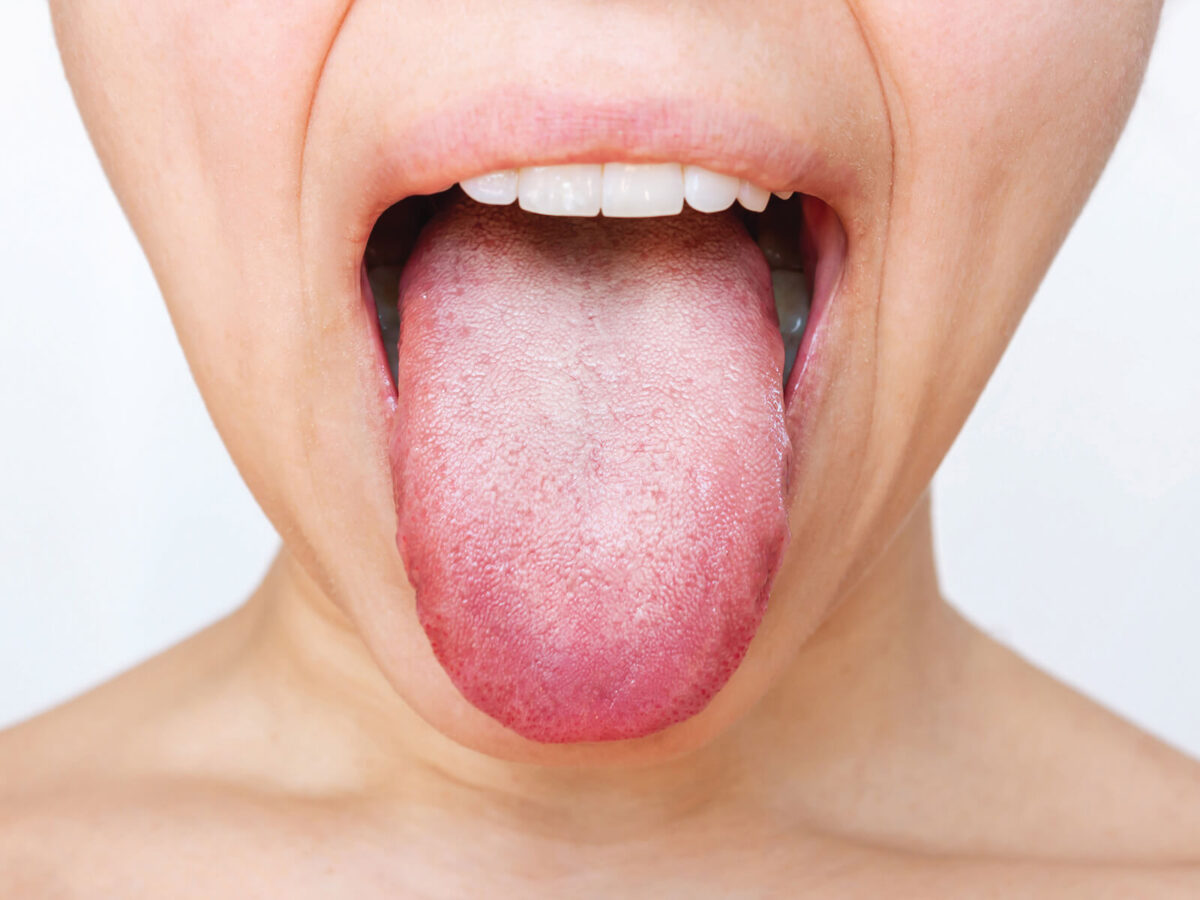Blog
Dental hygiene tips for healthy teeth & gums

What Is Your Tongue Telling You About Your Dental Health?
One is likely to examine hair and face in the mirror every day, but how often do you get to inspect the tongue? The next time you brush your teeth, remember to look at the tongue’s color and formation. It can indicate your health and even give you clues about your well-being.
The tongue is one of the body’s organs connected to many other organs that are essential to the body. This is why infections, stress, aging, and even medication complications become evident on one’s tongue. The normal color of the human tongue is pink, and it just has small red nodules on the upper surface. It is better to check for tongue health indicators with skin discoloration, shape, size, and texture, as they may require attention.
What does the color of the tongue indicate?
A healthy tongue is supposedly pink, and there is usually a rough feeling due to the presence of small crater-like outgrowths called papillae. But you may not see pink every time you look in a mirror! Here are a few common colors your tongue might turn:
White: A white tongue could be a sign of dehydration, which is caused by low water consumption. It could also mean oral thrush, the formation of fungal colonies in your mouth resulting from excessive Candida yeasts. Although oral thrush is possible for anyone, it is more prominent in babies, elderly people, or any persons with compromised immune health.
Bright Red: This could be due to vitamin deficiency, especially vitamin B12 or folic acid, characterized by a bright red tongue that resembles a ripe strawberry. On some occasions, this may indicate geographic tongue, a condition in which there are areas on the tongue where the papillae are absent.
Black or Dark Brown: A black or brown tongue can indicate your mouth’s bacteria or yeast growth. Various factors, including drugs, smoking, or poor hygiene, can cause it.
But if nothing changes after a few days or weeks, there may be a serious problem. Consult your doctor right away.
Blue or Purple: Blue or purple spots on your tongue may indicate a condition that would otherwise limit the amount of oxygen in the bloodstream, such as heart disease or respiratory disease. If the tongue transforms into shades of blue or purple, you should visit a hospital as soon as possible. Besides diseases, the tongue’s color can be transformed by various outside circumstances (foods and beverages, tobacco products, and some medications). Discussing these tongue health indicators with your other medical and dental care providers is always helpful in determining why your tongue becomes a vast spectrum of colors!
The Coating on Your Tongue
Coating the tongue can also indicate the person’s state and might indicate some problems. Some common tongue coatings include:
Thick coating: A white and rough-coated tongue is a sign of poor oral hygiene, thrush, and leukoplakia, among other conditions.
Gray or black coating: If it is grey or black, it may indicate fungal infection or the buildup of dead skin cells. It, too, might be a drug reaction, or it could be symptomatic of a deeper pathology like oral cancer.
Interpreting Symptoms:
Changes in the shape and color of your tongue may be a sign of various disorders, including those of the mouth. Be mindful of typical signs and any possible consequences:
White Areas: Fungal invasions are frequently represented by white, creamy deposits, autoimmune disorders, or even oral cancer, which the swollen, lace-like forms may indicate. A general dentist should be consulted at the earliest stage of the complaint to enable proper diagnosis and management.
Bumps: Sore, red, raised dots, especially under the tongue, should be investigated for canker sores or specific viral inflammations. Any painful and recurring nodules should be referred to a physician for diagnosis.
Hairy Tongue: Dead cells accumulate on the papillae, forming a furry structure, which people perceive to arise from improper dental hygiene. It is therefore advisable that to avoid this condition, strict oral hygiene procedures must be observed.
Burning Sensation: They may arise due to infections, gastroesophageal reflux disease, or certain abnormalities in the nervous system. Any pain that continues to become prolonged or constant requires professional advice to determine what is causing the pain.
Smooth, Shiny Texture: A smooth, glazed white or silver-grey coating on the dorsal surface of the tongue could be due to thrush pyorrhea or riboflavin deficiency. These issues can be resolved if your dentist tackles them early.
How to maintain your Oral Health Happy with a Clean Tongue?
Bacteria can grow on any part inside your mouth, including your tongue. As in all other parts of your mouth, you discover the bacteria in charge of forming plaque, and tartar can also be found in your tongue. This means your tongue would host these bacteria even after brushing your mouth, teeth, and gums clean.
The solution is that most people are unaware of it, and many forget to do it while performing their regular oral hygiene activities. If you do not take the time to clean the tongue, the rough bumps usually found on your tongue will harbor food particles, dead skin tissue, and bacteria, leading to bad breath and possibly cavities.
Cleaning Your Tongue Effectively
The above problems can be avoided quite easily; all you need to do is clean your tongue as dry and clean as the other hard structures in your mouth. Mouthwash will help you care for your tongue, but its efficacy is best if used at the end of routine care. Instead, you should make use of one of the following two methods for cleaning your tongue:
Brushing: Your toothbrush is helpful not only in removing plaque and tartar from your teeth but also in scraping off the rough surface area of your tongue. It is designed to reach the areas between your papillae, the tiny rough bumps on the surface of your tongue, and dispose of bacteria, pieces of food, and mucus.
Scraper: The motor sensation that arises when brushing the tongue is manifested in various manners. For some, it is uncomfortable and can even be ticklish. As for these people, another option could still be used: the scraper.
The tongue scraper is for easy removal of debris and mucus, which otherwise are difficult to clean from the tongue’s upper surface. Run water over the tongue after every pull, and keep doing so until you feel that your tongue is clean. Some even prefer to use these methods simultaneously so that the tongue gets the best cleaning it deserves.
Summing It Up
Do not just concentrate on the overall health of your teeth but also make it a routine to brush your tongue. Most lumps, rashes, and specks you detect in your mouth are generally not dangerous, provided you maintain good oral hygiene standards and abstain from some activities due to their effect on your health. However, if the tongue health indicators or symptoms do not subside after two weeks, then it is advisable to consult a doctor.
If you are curious whether your tongue is healthy, visit Benbrook Dental Office TX for a complete oral check-up.


